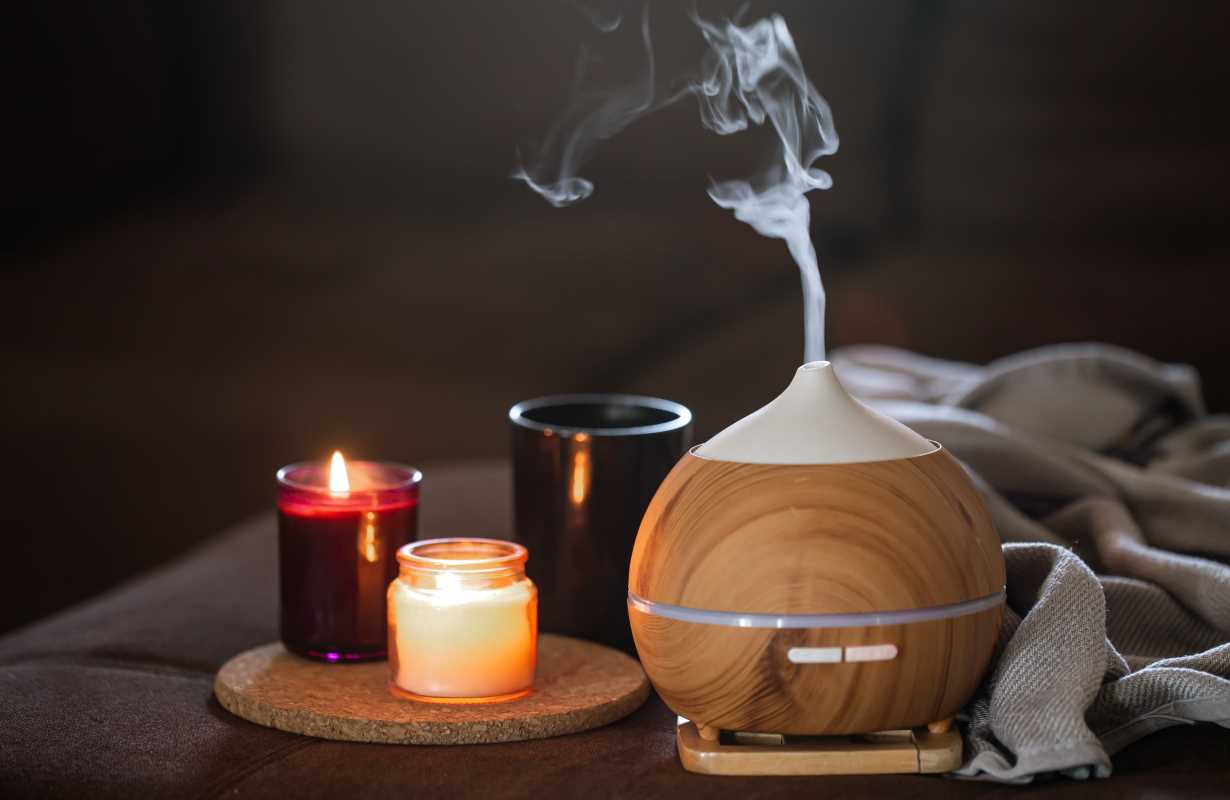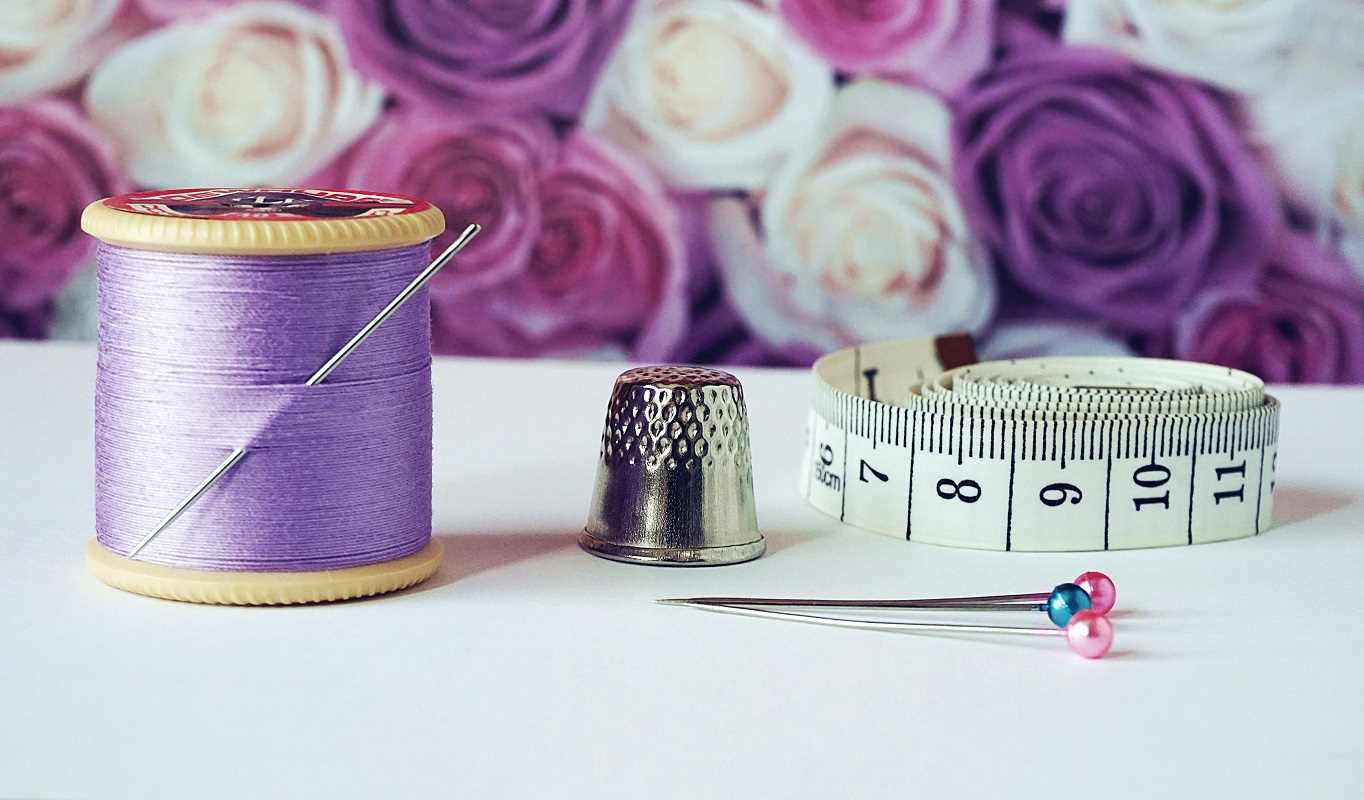Journaling is like having a silent conversation with yourself, a safe space where thoughts, dreams, and chaos collide onto the page. But if the thought of “Dear Diary” makes you cringe or your journal became just another to-do list graveyard, it’s time to shake things up. There’s a whole universe of creative journaling formats that go far beyond basic lined pages, each offering fresh ways to explore your mind and boost your personal growth.
Here are 10 unconventional journaling formats to reignite your creativity, sharpen your self-reflection skills, and add some mindfulness to your days. The best part? No rules. Your journal, your way.
1. Art Journaling
Forget words and grab your colors, because art journaling turns blank pages into mini masterpieces. It’s less about “good” art and more about self-expression. Think collages, doodles, watercolors, or even just textures. Art journaling is perfect for translating emotions you can’t put into words.
How to Start:
- Use heavy-duty paper that can handle paint, markers, and glue.
- Start with a prompt, like “draw how today felt” or “illustrate a memory.”
- Don’t overthink it. Go abstract with colors or shapes if realism feels intimidating.
Why It Works: Creative play like this engages both hemispheres of your brain, helping you process emotions in a visually therapeutic way.
2. Bullet Journaling With a Twist
Ah, bullet journaling. The internet’s favorite hybrid of organization and self-expression. But here’s the twist—ditch the rigid aesthetic! Instead, throw in color-coded mood trackers, random scribbles, and freeform spaces for recording everything from groceries to ridiculous daydreams.
Ideas to Try:
- Use stickers, washi tape, or sketches to make layouts feel less clinical.
- Add quirky “spreads” like your favorite misheard song lyrics or a mini comic strip of your week.
- Experiment with circular or diagonal layouts instead of traditional grids.
Why It Works: By loosening up the structure, bullet journaling becomes less about perfection and more about capturing life as it happens.
3. Gratitude Mapping
Take the gratitude journal up a notch by creating visual “maps” of everything you’re thankful for. Instead of writing endless lists, treat your thoughts like constellations, with ideas expanding from one another.
How to Do It:
- Start in the center of the page with a word or image that represents what you’re grateful for today.
- Draw lines connecting this to other things it inspires gratitude for. Example? That morning coffee connects to your best friend’s advice about espresso machines.
- Use shapes, colors, and arrows to add depth (and a little chaos).
Why It Works: The mind-mapping format helps you see connections between positive areas of your life, making gratitude feel bigger and more tangible than a straight list.
4. Dream Journaling
Your brain runs wild while you sleep, offering a goldmine of material just waiting to be explored. Dream journaling not only sharpens your recall, but also helps you analyze subconscious thoughts and patterns.
Tips to Start:
- Keep your journal and pen by your bed to capture dreams the second you wake up.
- Record even the tiniest details, from colors to emotions.
- Don’t worry about coherence; your dream entries can be as weird as they are.
Why It Works: Not only does dream journaling improve memory and creativity, but it’s also a fascinating window into how your mind works when you’re off-duty.
5. The “What If” Journal
This concept is deceptively simple but wildly fun. Pick a “what if” scenario and explore it in writing. What if humans had tails? What if you took the road not traveled? What if you had 24 hours to live in a favorite childhood memory?
How It Works:
- Start every entry with “What if...”
- Expand on it as realistically or absurdly as you want!
- Illustrate or collage alongside your writing if it helps bring the idea to life.
Why It Works: It sparks imagination and lets you escape the constraints of reality for a bit.
6. Sensory Journaling
Harness the power of your senses to heighten awareness. This format asks you to document the sights, smells, tastes, sounds, and textures in your life—for mindfulness and for just noticing the little stuff.
How to Practice:
- Use prompts like “Describe the scent of your morning coffee,” or “Document the sounds from your walk today.”
- Focus on one sense per entry for deeper exploration.
- Add descriptions, sketches, swatches, or anything tactile (flowers, fabric).
Why It Works: Engaging your senses gets you out of your head and reconnects you to the present moment, making ordinary experiences feel extraordinary.
7. Bucket List Challenges
Instead of listing things you theoretically want to do someday, actively journal yourself into achieving them. Dedicate pages to your goals, mapping actionable steps or documenting progress through sketches, photos, or diary entries.
Examples:
- Create a “100 things to do in a year” spread and check each one off with mini sketches.
- Pair goals with inspiring quotes or collages.
- Log small goals too, like trying a new recipe or smiling at neighbors.
Why It Works: Seeing your bucket list visually makes it more achievable while giving you the satisfaction of marking milestones.
8. Flipbook Journaling
Turn your journal into something interactive by turning it into a flipbook! Each page becomes a frame in a tiny animation.
Tips for Beginners:
- Stick to simple movements, like a stick figure jumping, petals falling, or a sun setting.
- Use a corner of the page to avoid messing with your main entries.
- After you’re done, share your mini animation on social media, and maybe inspire someone else to try!
Why It Works: There’s something magical about pages transforming into motion, and the process is a surprisingly relaxing, hands-on break from words.
9. Persona Journaling
Get out of your own head by journaling from someone else’s perspective. Think a fictional character, a historical figure, or even an inanimate object.
How to Start:
- Choose a persona, like your pet, your future self, or even your dream sofa.
- Write journals as though you ARE that persona. For example, what’s the inner monologue of your favorite plant sitting on the windowsill?
- Don’t overthink it; this one’s pure creative fun.
Why It Works: Getting out of your POV encourages empathy and shifts your mental gears into storytelling and imagination.
10. Collaboration Journaling
Who says journaling has to be solo? Share a journal with someone you trust, whether it’s a partner, family member, or friend. Take turns adding entries, drawings, or sticky notes.
Ideas to Explore:
- Each person completes a part of a collaborative story.
- Use prompts, like “Share one great thing that happened this week.”
- Adding sketches and jokes where writing would otherwise feel heavy.
Why It Works: Collaboration adds a unique element of connection and helps you bond with people in unexpected, meaningful ways.
 (Image via
(Image via





